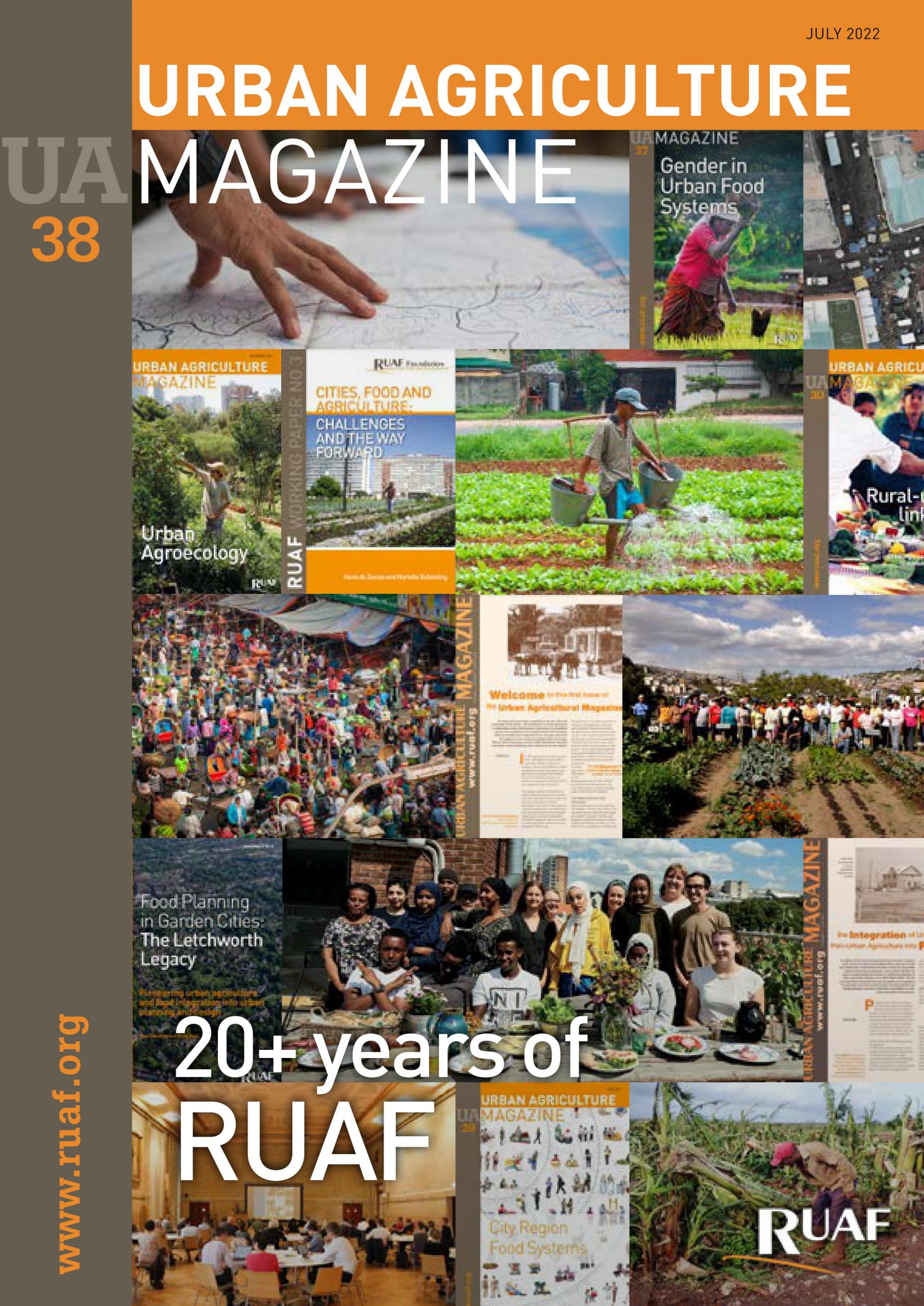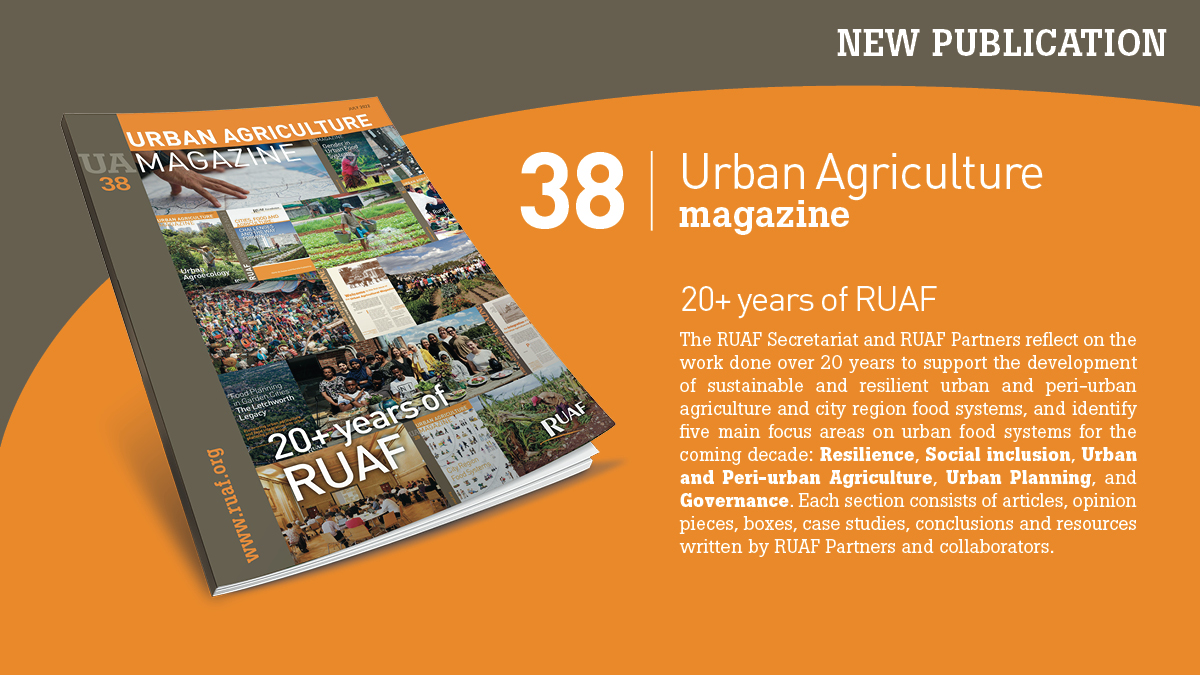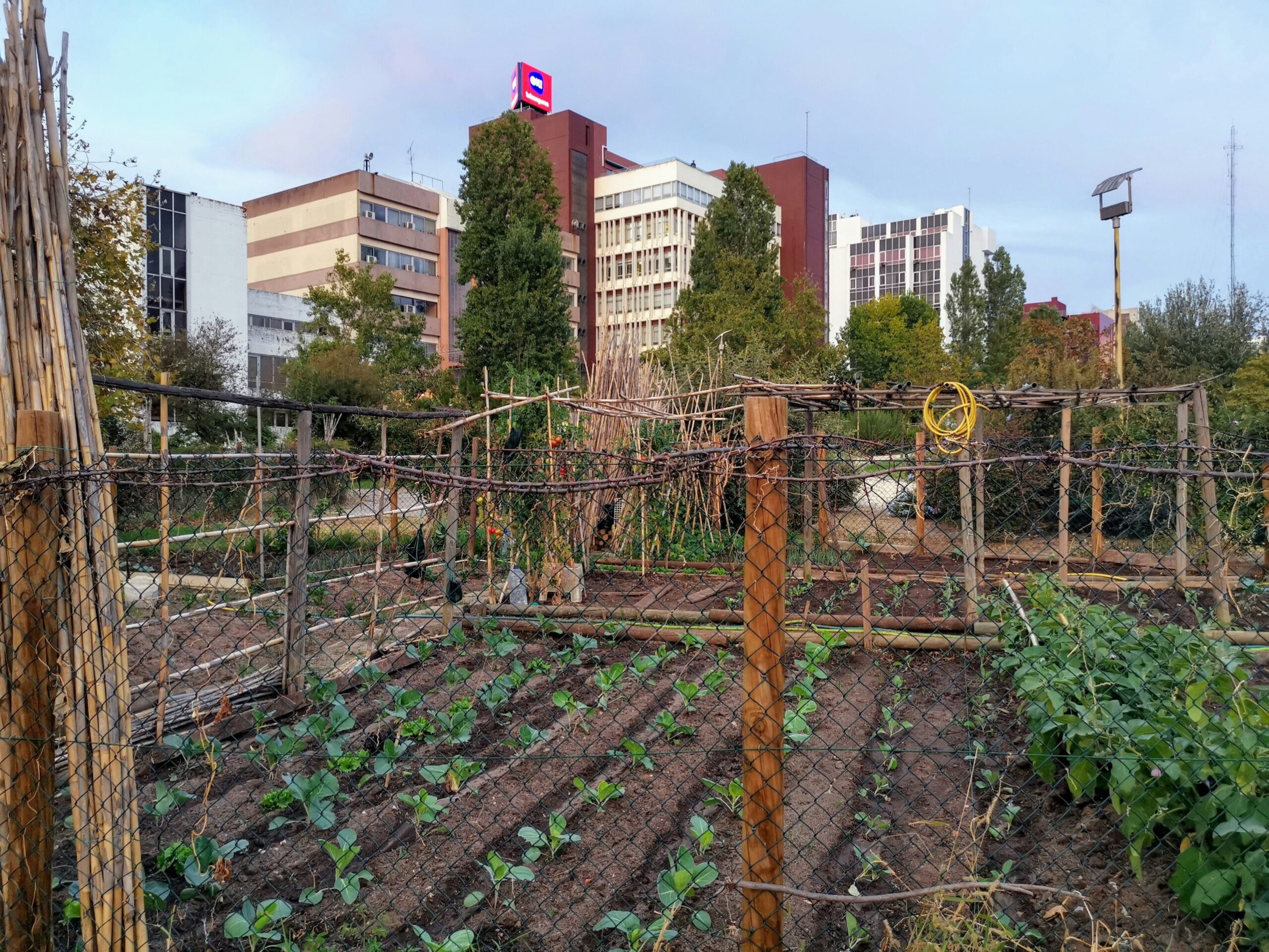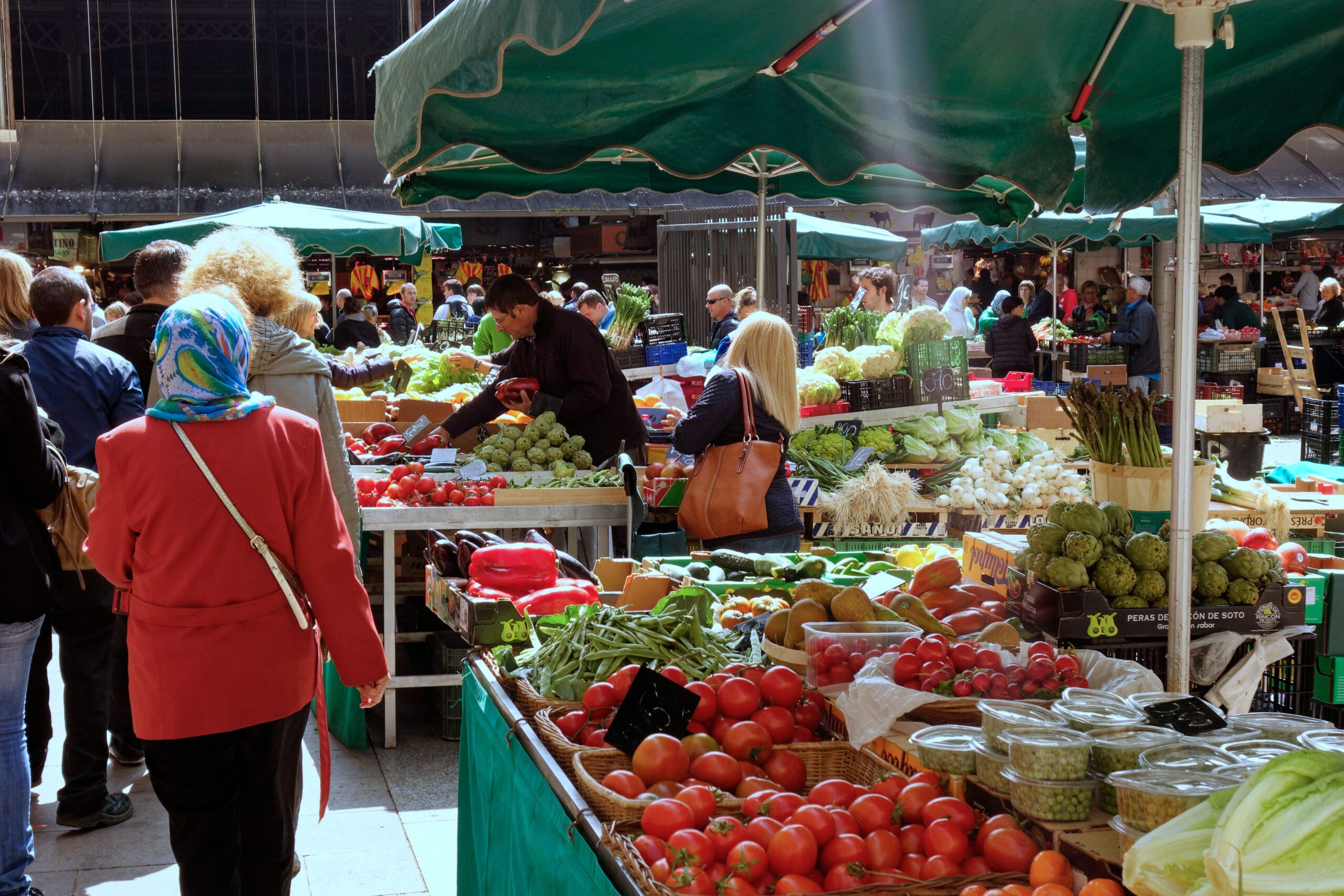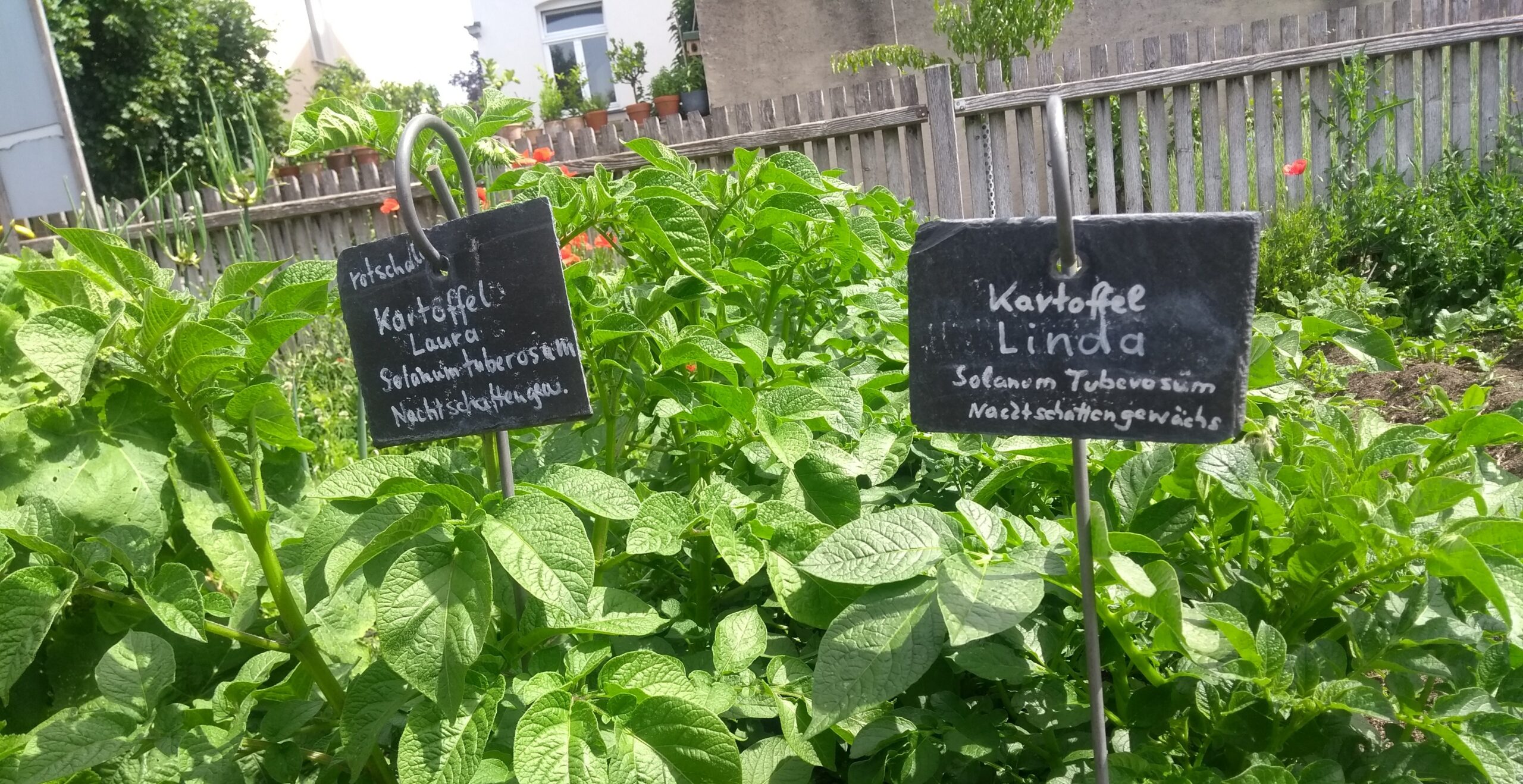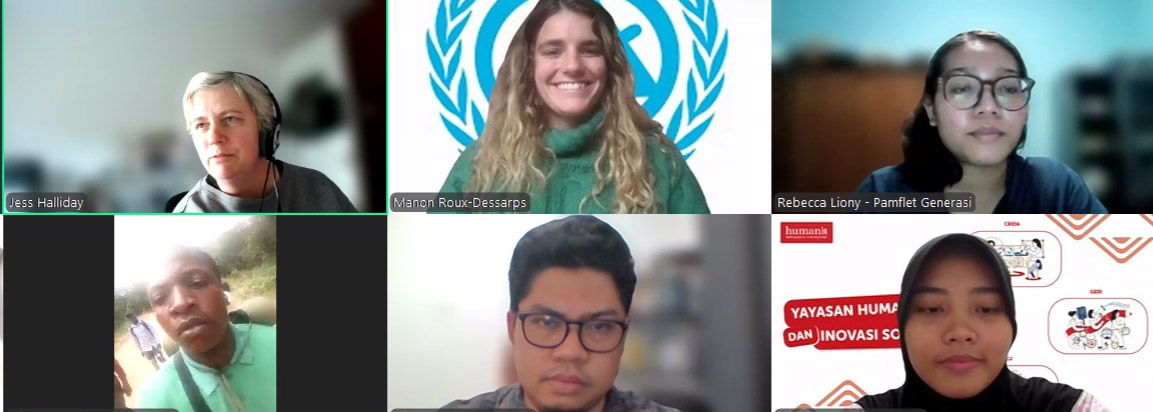In an era of great unpredictability and global social, environmental, climate and economic crises, the need for food systems transformation has never been more urgent. The new issue of the Urban Agriculture Magazine, released today analyses five key work areas for the coming decade: Resilience, Social inclusion, Urban and Peri-urban Agriculture, Urban Planning, and Governance.
The increasingly frequent and devastating crises that the world is facing put global food systems under strain and lay bare their vulnerabilities. Achieving sustainable and resilient urban and peri-urban agriculture and city region food systems requires a systemic approach that takes into account the current status of agriculture and food systems in each city and city region, and the interconnections with key critical resource sectors. Transformation cannot be achieved without thoughtful and far-reaching strategies that are developed by multiple stakeholders, involving re-design of governance and rechannelling of funds, integration between sectors, agency building, and guiding leaders to implement real change.
On the occasion of the 20th anniversary of RUAF and the Urban Agriculture Magazine, the RUAF Secretariat and RUAF Partners reflect on these challenges by focusing on five key work areas for the next decade: Resilience, Social inclusion, Urban and Peri-urban Agriculture, Urban Planning, and Governance. The new issue 38 of the Urban Agriculture Magazine looks at these themes through articles, opinion pieces, boxes, case studies and resources written by RUAF partners and collaborators, and elaborates the needs, actions, and priorities to advance urban agriculture and urban food systems transformation.
“The process of putting together this magazine has involved deep reflection on the state of the art across key areas of food systems transformation in the current decade, in which the future of humanity will be determined. An ambitious project, it has brought together thought leaders from across the globe and focused minds towards creating roadmaps for action. We sincerely hope that the publication will help direct and inspire agendas and initiatives of both urban and city region food systems practitioners across the globe.” – Dr Jess Halliday, RUAF Consultant and Associate
The first section discusses the concept of resilience and vulnerabilities of food systems, including in the context of the COVID-19 pandemic. It offers insights into the experiences from the ground in Antananarivo, Quito, Melbourne and St. Vincent and the Grenadines, drawing some conclusions on the need for sustained, ambitious, and expanded efforts to build urban and city region food system resilience.
Social inclusion is the focus of the second section, which calls for the right to food, justice and agency. The need to put citizens at the centre is emphasised, implementing multidisciplinary approaches that take into account the complexity of food systems. The articles in this section range from an analysis of the informal sector and the need to properly understand and collaborate with the majority food system, to on-the-ground experiences such as food change workshops, local food councils and the inclusion of displaced people in urban food systems.
In recent years, urban and peri-urban agriculture (UPA) has gained increasing attention. The third section examines urban agroecology, urban soil health, regeneration and circularity, as well as inclusive food value chains in and around cities, and the role and potential of UPA in transforming food systems. It further highlights various aspects of UPA, outlining trends and the social and environmental benefits of investments.
The section on urban and regional food systems planning highlights the pressing need to rethink and build local supply and food distribution channels. It stresses the importance of building and sharing knowledge to inform local city planners, national associations of planners, food activists, scholars, and grassroot organisations. It also points out the urgency to build food sovereignty, and increase accessibility and affordability of nutritious food. Through analyses and examples from different realities, this section illustrates some of the solid first steps taken by various actors and cities and explores the way ahead.
Finally, the section is on governance of urban food systems, the bedrock on which all policies, projects, programmes and interventions are built. This section examines the different meanings of governance. It also provides an overview of urban food governance discussions and draws on examples and best practices from cities in different parts of the world, including Nairobi, Surabaya, Bristol, and Toronto.
The 38th edition of the Urban Agriculture Magazine looks back on the considerable work and progress made in recent years and takes stock of future needs, starting with the challenges that are becoming more and more evident. This magazine is not the end of this process; on the contrary, it opens the discussion on the most urgent issues and priorities to help cities and city regions navigate this decade of transformation and beyond. We hope many of our readers will join us on this journey, through collaborations, discussions, knowledge sharing and mutual support in our endeavours.
